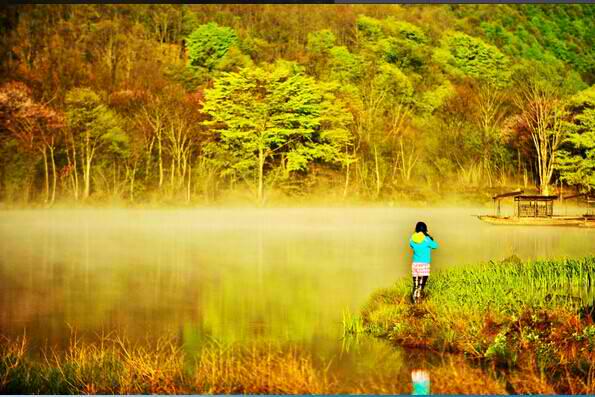Many countries have many locations in their territories that is considered a World Heritage site, sites that should be protected and preserved for future generations. The United Nations Educational, Scientific and Cultural Organization or UNESCO has been tasked to handle the protection and identification fo these cultural and natural heritages under its 1972 treaty "The Treaty of Protecting World Cultural and Natural Heritages."
This year, UNESCO has cited 29 new sites to be included in the current roster of UNESCO World Heritage Sites and 2 of them are from China: the Shennongjia Dajiu Lake National Wetland Park and the Huashan rock paintings in the Zuo River.
The first nominated site, the Shennongjia Forestry District, was named after Emperor Shennong and the "jia" means ladder. The name is appropriate because the district has some of Hubei Province's highest mountain ranges. Around the area are conservation areas such as the Shennongjia National Natural Reserve which is under UNESCO's World Network of Biosphere Reserves.
The second site is the Huashan rock paintings located along Zuo River in Ningming County. It is considered as the only well-preserved rock painting that represent China's colorful history. It is said that the paintings were made around 2000 years ago, sometime around the Warring States Period and made by the Zhuang minority group.
The inclusion of these two sites would be decided on the 40th session of the UNESCO World Heritage Committee from July 10 to 20 in Istanbul. Aside from the addition of new heritage sites, at least 106 present World Heritage sites and 48 endangered world heritage sites would also be reviewed in the session.








